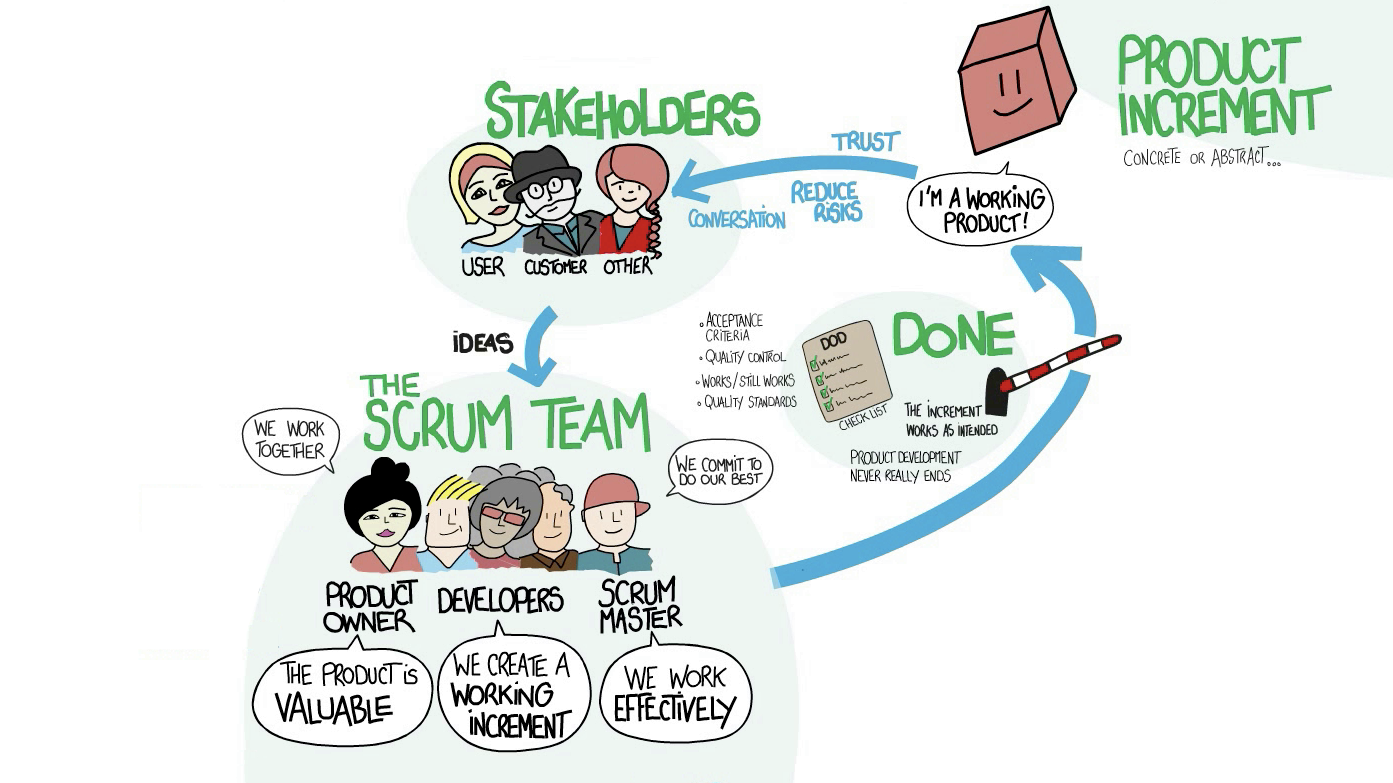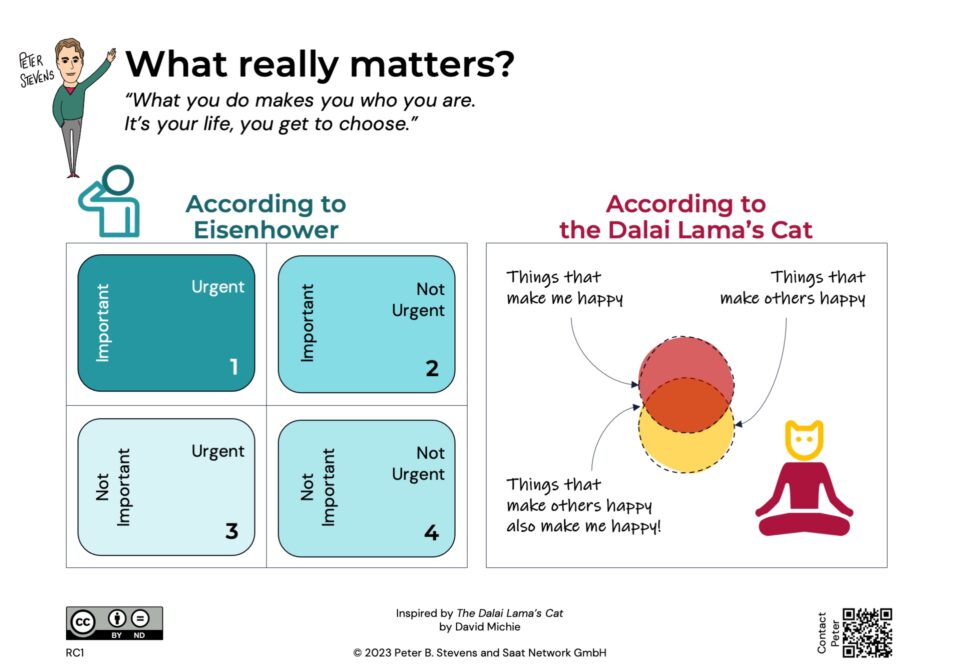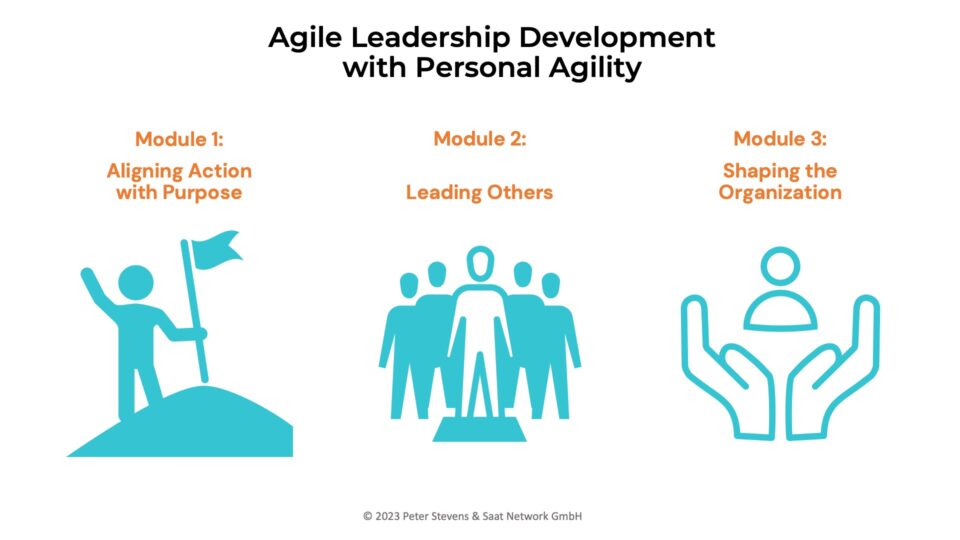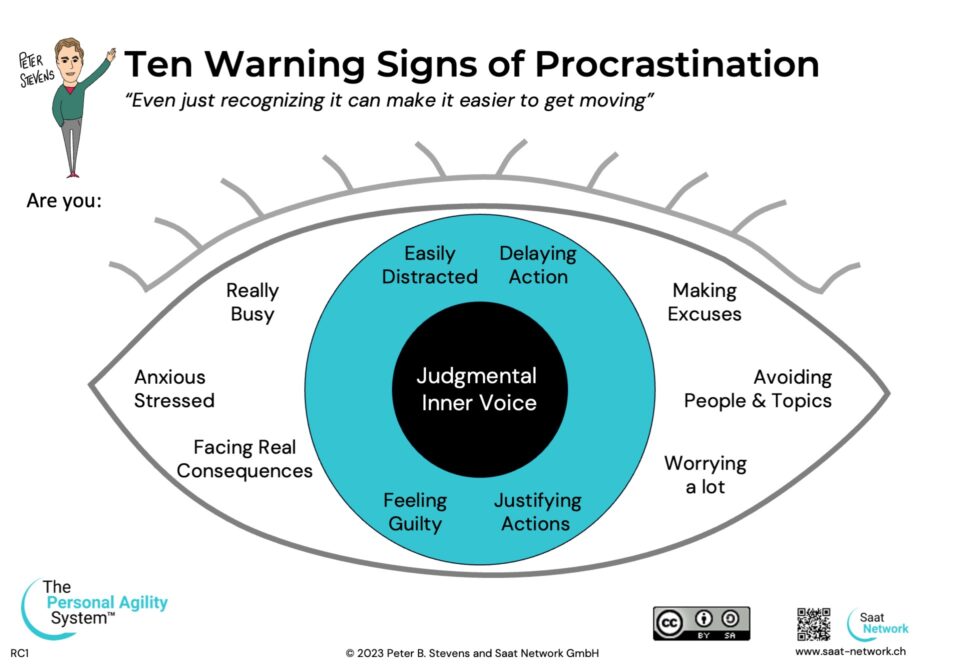
Are you making Scrum harder than it is?
31-03-2023
How to create alignment with a stakeholder
04-04-2023You can be a better problem-solver by asking the right questions at the right time. Here is a simple, 5-step approach to help anybody address a challenge!
- Safety: “Would you like to talk about it?”
- Goal: “What are you trying to accomplish?
- Challenge: “What is making it difficult to accomplish the goal?”
- Alternatives: “How could you solve the problem?”
- Convergence: “What’s resonates? What’s next?”
Download the PAS Problem Solving Canvas as a PDF (coming: get the whole set of canvases as MS-Word templates).

The PAS Problem Solving Canvas implements this approach and offers questions you could use for each topic. You never know which one will have the desired effect until you ask it! Use this PAS canvas and the others to build your own questions toolbox.

Why should you just ask questions rather than provide solutions? The dynamic is completely different! Asking questions and listening to the answers builds trust and empathy. Proposing solutions can build walls by provoking “yes, but” responses.
What’s in it for you? Empathy, trust, and learning! The more you ask, the more you learn, and the more you see the big picture. The better you listen; the more people will trust you, and the more people will come to you for answers. Ironic, isn’t it?
What about proposing solutions? Can you still that? When you listen to someone else as they think through a problem, afterwards, they are more willing to listen to you! This is an opportunity to deposit ideas. But be careful! If you try to convince them on a course of action, that will surely ruin the magic!
How to get started with the PAS Problem Solving Canvas: Pick a challenge you are facing, then answer the questions yourself to help you work through it. Share you story with me on LinkedIn about how it worked for you!
When you feel ready, try it with other people! The approach is so simple and natural that eventually it just becomes part of your conversation style.
How I use the PAS Problem-Solving Canvas
I created the canvas to teach dialog skills in the Personal Agility Leadership Development Program. I was surprised how difficult it is for many people to come up with powerful, open-ended questions rather than just jump to solutions. For me, the flow is now so natural, that when someone comes to me with a challenge, in my mind, I just go to the canvas to get the conversation started.
Coming tomorrow: Create an action plan with a stakeholder using the PAS Stakeholder Canvas! Follow me on LinkedIn to stay tuned!





